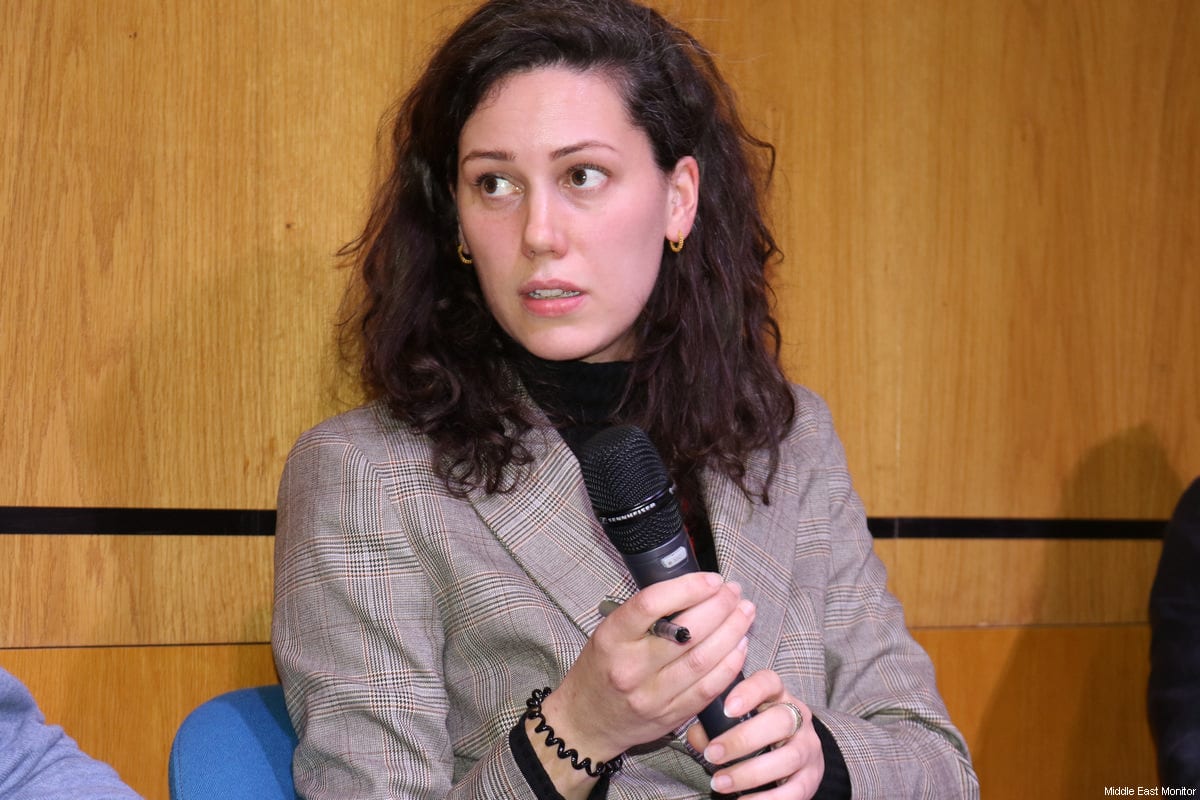Tucked into a corner of the Brunei Gallery in London are three share certificates in a display cabinet. One stands out as it is decorated with a beautiful blue border; all bear the familiar yellow-brown discolouration of age. Slightly creased in some places, perhaps from their journey from Palestine to Britain, one is an Arab Union Tobacco Company document, dated 1943 and marked ‘Haifa’. The other certificates are from the Arab Cement Works and the Arab National Bank.
They are proof that Palestinians were investing in and developing businesses during British Mandate rule in their country, and that the bank provided loans to assist them. They contradict British attitudes at the time, much of which painted the Arab population to be backwards, inept at business and unable to develop if left alone. Sadly, British rule often pitted the “progressive” Jews against the “incompetent” Arabs, and succeeded in splitting the population into two, all the while convincing the outside world that Britain was brokering peace between two parties.
This division is one of the many disastrous consequences of the British legacy in Palestine after its long occupation from 1917 to 1948 finally ended. It is the story of Britain’s presence from its entry after victory in World War One to its departure following World War Two, and the effect it had on people’s lives. It is this which forms the basis of the exhibition at the Brunei Gallery at the School of Oriental and African Studies (SOAS), University of London until the 15th December.
ID cards depicting the ‘race’ of their owner stand alongside maps of the Middle East that were presented to the League of Nations, carved up by the colonial powers with brutal orange lines. Photographs of soldiers posing for the camera remind the viewers that real people were fighting and dying in the pursuit of power.
An excerpt from a Zionist proposal for the Mandate – Britain’s official authority to rule, granted by the League of Nations in 1922 – is mounted on the wall of the gallery; it claims that the British will “secure the establishment [in Palestine] of the Jewish National Home” and “that nothing will be done which may prejudice the civil and religious rights of existing non-Jewish communities in Palestine”. The document demonstrates Britain’s long-term commitment to sustaining Zionism in Palestine. It also begs the question, why did Britain forget about the bit which promised to uphold the civil and religious rights of “existing non-Jewish communities in Palestine”?
On the top floor of the gallery, Chaim Weizmann is never far away; his involvement perhaps explains why the second part of the Mandate’s “sacred trust” was not upheld. The leader of the Zionist organisation in London, Weizmann managed to convince the British that they had a joint interest in Zionism; that supporters of the cause had millions of pounds ready to endow. The plight of the Palestinian Arabs was not important compared to the perceived scale of Jewish power and influence, and what it could do for the war effort.
It’s easy to forget Britain’s role in Palestine, particularly when the mistakes made from the pursuit of one country’s interests at the expense of others are still being seen in the Middle East. This exhibition is, therefore, a refreshing insight into the consequences of British-ruled Palestine.
Follow Amelia on Twitter: @amyinthedesert
The views expressed in this article belong to the author and do not necessarily reflect the editorial policy of Middle East Monitor.








